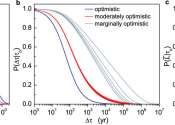New study shows Small Magellanic Cloud is actually two smaller galaxies
A large international team of astronomers and astrophysicists has found evidence showing that the Small Magellanic Cloud is not a single galaxy—it is actually two, one behind the other. The group has written a paper describing ...









